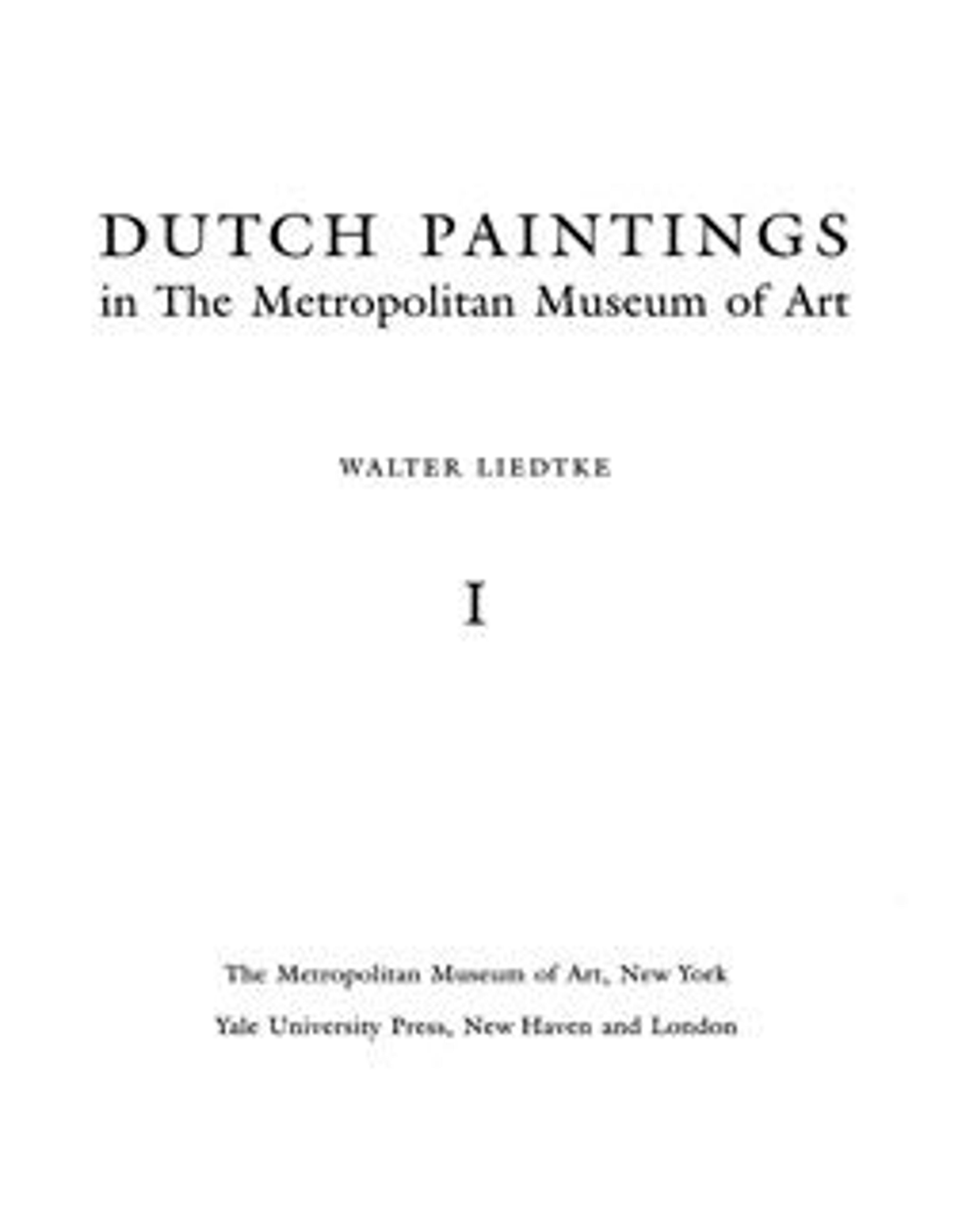The Pelkus Gate near Utrecht
About a dozen paintings by Van Goyen feature some form of the once familiar Pelkus gate (erected 1371), a freestanding tower on the tow-path of the river Vecht. The setting is always invented and the monument treated as a picturesque haven for birds.
Artwork Details
- Title: The Pelkus Gate near Utrecht
- Artist: Jan van Goyen (Dutch, Leiden 1596–1656 The Hague)
- Date: 1646
- Medium: Oil on wood
- Dimensions: 14 1/2 x 22 1/2 in. (36.8 x 57.2 cm)
Frame, 23 1/4 x 31 x 2 3/4 in. (59.1 x 78.7 x 7 cm) - Classification: Paintings
- Credit Line: Gift of Francis Neilson, 1945
- Object Number: 45.146.3
- Curatorial Department: European Paintings
More Artwork
Research Resources
The Met provides unparalleled resources for research and welcomes an international community of students and scholars. The Met's Open Access API is where creators and researchers can connect to the The Met collection. Open Access data and public domain images are available for unrestricted commercial and noncommercial use without permission or fee.
To request images under copyright and other restrictions, please use this Image Request form.
Feedback
We continue to research and examine historical and cultural context for objects in The Met collection. If you have comments or questions about this object record, please contact us using the form below. The Museum looks forward to receiving your comments.
